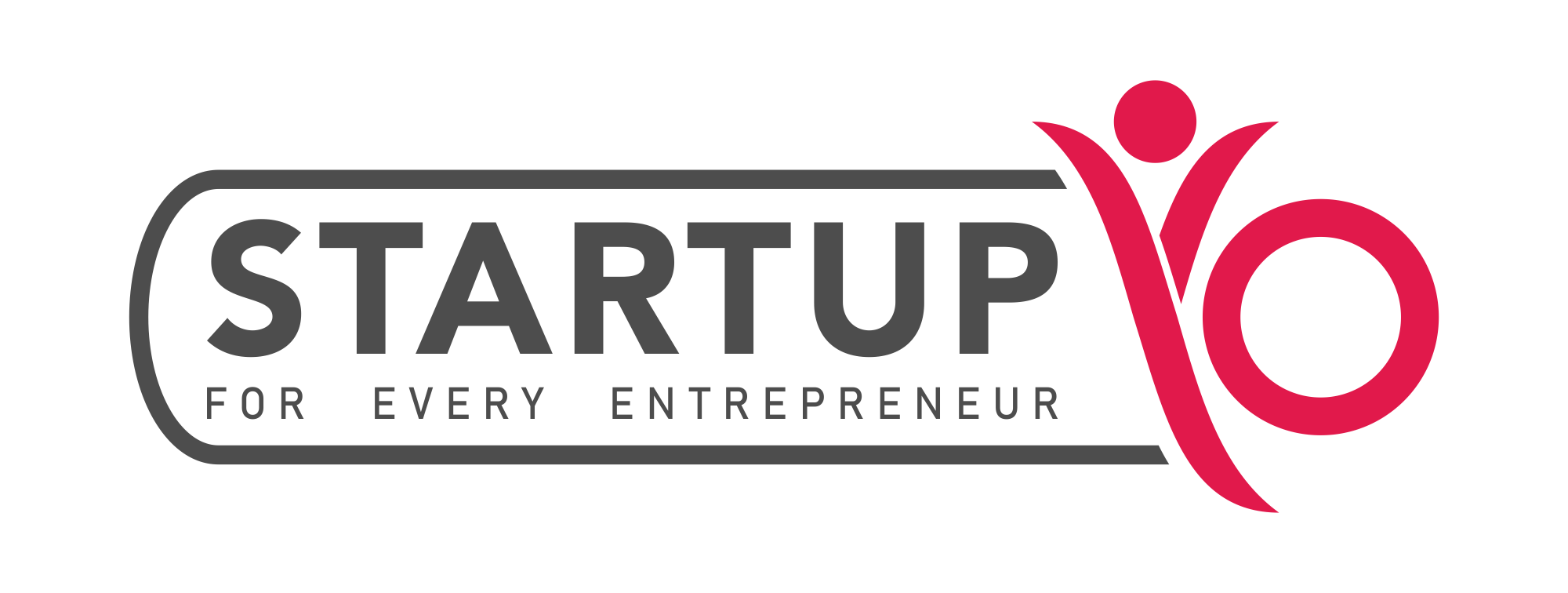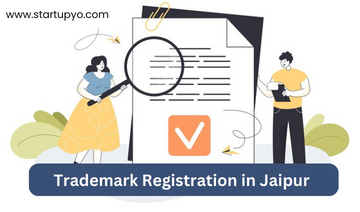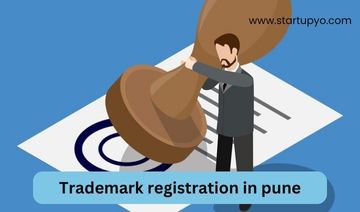Understanding Input Tax Credit (ITC) and its significance
Gst input Tax Credit’ or ‘ITC’ is actually a Goods and Services Tax that is used for business. ITC is paid on the purchase of goods or services by a taxable person, it’s a part of the GST system and hence its value can be reduced from the GST. With the help of ITC, businesses can claim a credit for the tax, which they have paid at the time of purchase of goods and services. It can also be said that it’s the credit that businesses claim for the tax that they have paid at the time of purchase, which can help in reducing the overall tax liability.
Input Tax Credit’ or ‘ITC’ is actually a Goods and Services Tax that is used for business. ITC is paid on the purchase of goods or services by a taxable person, it’s a part of the GST system and hence its value can be reduced from the GST. With the help of ITC, businesses can claim a credit for the tax, which they have paid at the time of purchase of goods and services. It can also be said that it’s the credit that businesses claim for the tax that they have paid at the time of purchase, which can help in reducing the overall tax liability.
Read More : What is Goods and Service and How is it calculated?
Reconciling GST Input Tax Credit with purchases and sales
For registered GST businesses reconciling Input Tax Credit with purchases and sales is important. For reconciliation one need to maintain detailed records, ensure GSTIN of suppliers is verified, match purchases with GSTR-2A, rectify errors, calculate eligible ITC, reverse ITC for Exempt and Non-Business Use, cross-Verify ITC in GSTR-3B, maintain proper documentation, and more.
Eligibility for claiming Input Tax Credit
One can only claim for input tax credit when the businesses are eligible to claim credit that it has paid on inputs or input services. Businesses that are eligible for claiming Input Tax Credit are as under:
- Registered business under GST with valid GSTIN.
- Only business purpose goods or services can claim for ITC.
- Only the taxpayers falling under the regular scheme of GST are eligible to claim ITC.
- Valid tax invoice taxpayers can claim for ITC.
- Taxpayers who regularly fill GST returns.
Matching Input Tax Credit with invoices
Matching input tax credits with invoices is very important for the businesses in order to maintain accuracy and compliant tax reporting. If you want to match input tax credits with invoices then you have to gather invoices, verify supplier details, check eligibility, reconcile tax amounts, date validation, match invoice details, input tax credit reconciliation, rectify discrepancies, maintain documentation, and keep viewing regularly.
Reversal and rectification of Input Tax Credit
In the context of Goods and Services Tax (GST), reversal and rectification of Input Tax Credit are two important processes that are related to the ITC. Reversal of ITC means credit reverse and Rectification of ITC means discrepancies of ITC.
Reversal of input tax credit is a situation in which the previously claimed credit needs to be reversed or reduced. This reversal or reduction of credit needs to be done due to certain circumstances. The reversal of ITC under GST regime is required under these situations:
- The reversal of ITC is required in case of non-payment to the supplier, the invoice needs to be reversed if the taxpayer fails to make payment to the supplier within a specific period (180 days) of time from the date of invoice. This is important as it helps in discouraging the practice of claiming ITC without paying the supplier.
- ITC needs to be reversed when Goods or services are used for non-business purposes. ITC claims on inputs like non-business purposes or exempt supplies need to be reversed as one can not claim ITC for personal purposes.
- ITC is reversed in case of lost inputs, stolen, or destroyed. If the ITC claimed inputs are lost, destroyed or even stolen and no insurance has been filled then in such a case ITC is reversed.
- ITC needs to be reversed on Inputs used partially for taxable and exempt supplies.
Read more : What are some Advantages of filing GST return?
Rectification of Input Tax Credit:
Rectification of ITC is a process in which previously claimed ITC needs error correction or discrepancies. There are many different situations where rectification of Input Tax Credit is needed, few of them are mentioned as below:
- Rectification of Input Tax Credit is needed for incorrect or incomplete invoices. If ITC has been claimed on incorrect voices by a taxpayer then the error needs to be rectified by reversing ITC claims and correcting via correct invoice.
- Rectification of Input Tax Credit is needed for mismatch in GSTR-2A and GSTR-3B.
- Rectification is required in case of non-payment by the supplier or when the supplier fails to upload the invoice details.
Common challenges in Input Tax Credit reconciliation
Input Tax Credit Reconciliation is an important process to avail maximum ITC. It’s a process of matching claimed input tax credit by the taxpayer with the supplier’s details in respective returns. Below mentioned are some common ITC reconciling challenges that arise during ITC process:
- Discrepancies in invoices is one of the Common challenges in Input Tax Credit reconciliation. The mismatch of invoice details between the supplier and the recipient makes it difficult to reconcile the ITC accurately.
- Delay in timely receipt of invoices is also a Common challenge in Input Tax Credit reconciliation.
- Different filing periods or reporting cycles between taxpayers and their suppliers is a challenge for ITC reconciliation.
- Amendments and corrections in returns can complicate the reconciliation process.
- Usage of different accounting systems or incompatible software between taxpayers and their suppliers can be complex.
- Communication and coordination barriers between the taxpayer and their suppliers is also a common challenges in Input Tax Credit reconciliation
Conclusion
ITC reconciliation helps in purchase and sales, it’s very essential for businesses as it helps them in claiming the correct amount of ITC on the GST paid. It also helps in avoiding different business penalties that usually arise because of incorrect GST claims. It is the best medium that helps in balancing and maintaining things between taxpayers and their suppliers.
FAQ’s
What is the time limit to claim ITC?
The time limit for claiming ITC is issued in a particular financial year up to the due date of filing the annual return.
What is the eligible criteria for claiming ITC?
The eligible criteria for claiming ITC is a registered business under the GST, having a valid GSTIN, taxable inputs and proper documentation.
Can ITC be reversed and rectified?
Yes, ITC can be reversed and rectified.
Disclaimer: The information contained in this article is for general information purposes only. The information is provided by StartupYo (SAB Weblabs Pvt. Ltd). While we endeavor to keep the information up to date and truest to the best of our knowledge, we make no representations or warranties of any kind, express or implied, about the completeness, accuracy, reliability, suitability, or availability with respect to the website or the information, products, services, or related graphics contained on the website for any purpose. Any reliance you place on such information is therefore strictly at your own risk.



